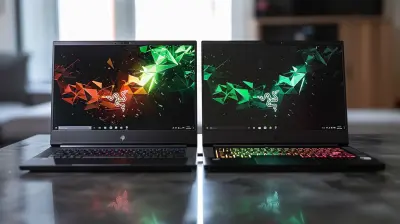The Intersection of IoT and Data Analytics
6 September 2025
Welcome to the era of smart everything—smart homes, smart cities, smart wearables, and the list goes on. But have you ever stopped to wonder about the engine driving this wave of innovation? It’s not just the cool gadgets you see on the surface. Behind the scenes, the Internet of Things (IoT) and Data Analytics are working together like a dynamic duo, pushing boundaries and revolutionizing the way we live and work.
IoT and Data Analytics are two pivotal technologies that, when combined, have the potential to change the world as we know it. In this article, we’re going to dive deep into their intersection—what it means, why it matters, and how it’s already reshaping industries. Buckle up because this might just be the most exciting tech ride you’ll take today!
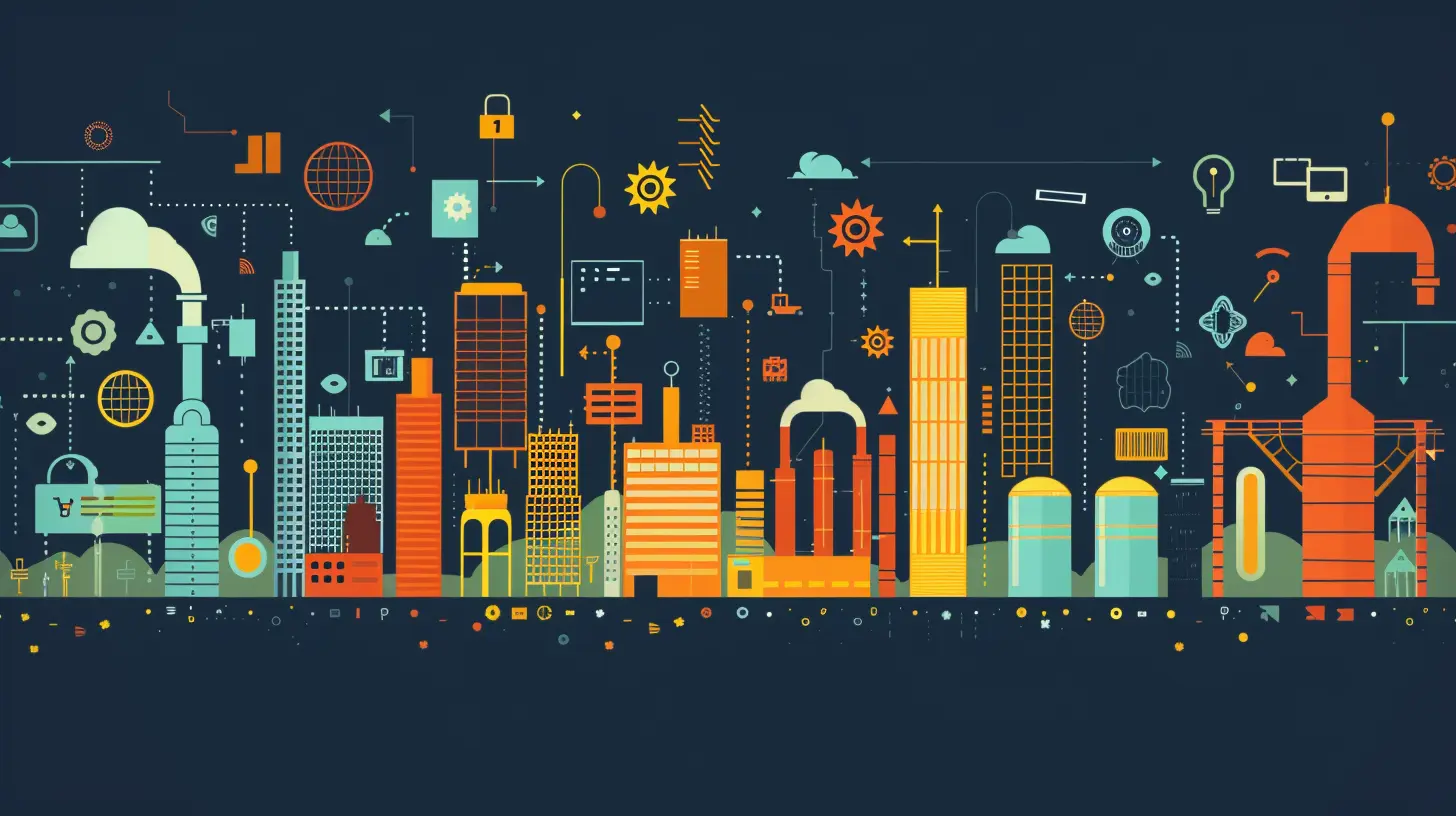
What Is IoT?
Alright, let’s start with the basics. What exactly is IoT? You’ve probably heard the term thrown around a lot, but let’s break it down.IoT, or the Internet of Things, refers to the network of physical devices—everything from your smartphone to your refrigerator—that are connected to the internet. These devices collect and share data, allowing them to "talk" to each other and make decisions without human intervention. Think of it like a giant web of interconnected gadgets, all working together to make life easier.
It’s not just limited to consumer products either. IoT is used in factories, healthcare, agriculture, and even cities to monitor and control various systems in real-time. From smart thermostats to industrial robots, IoT is everywhere.
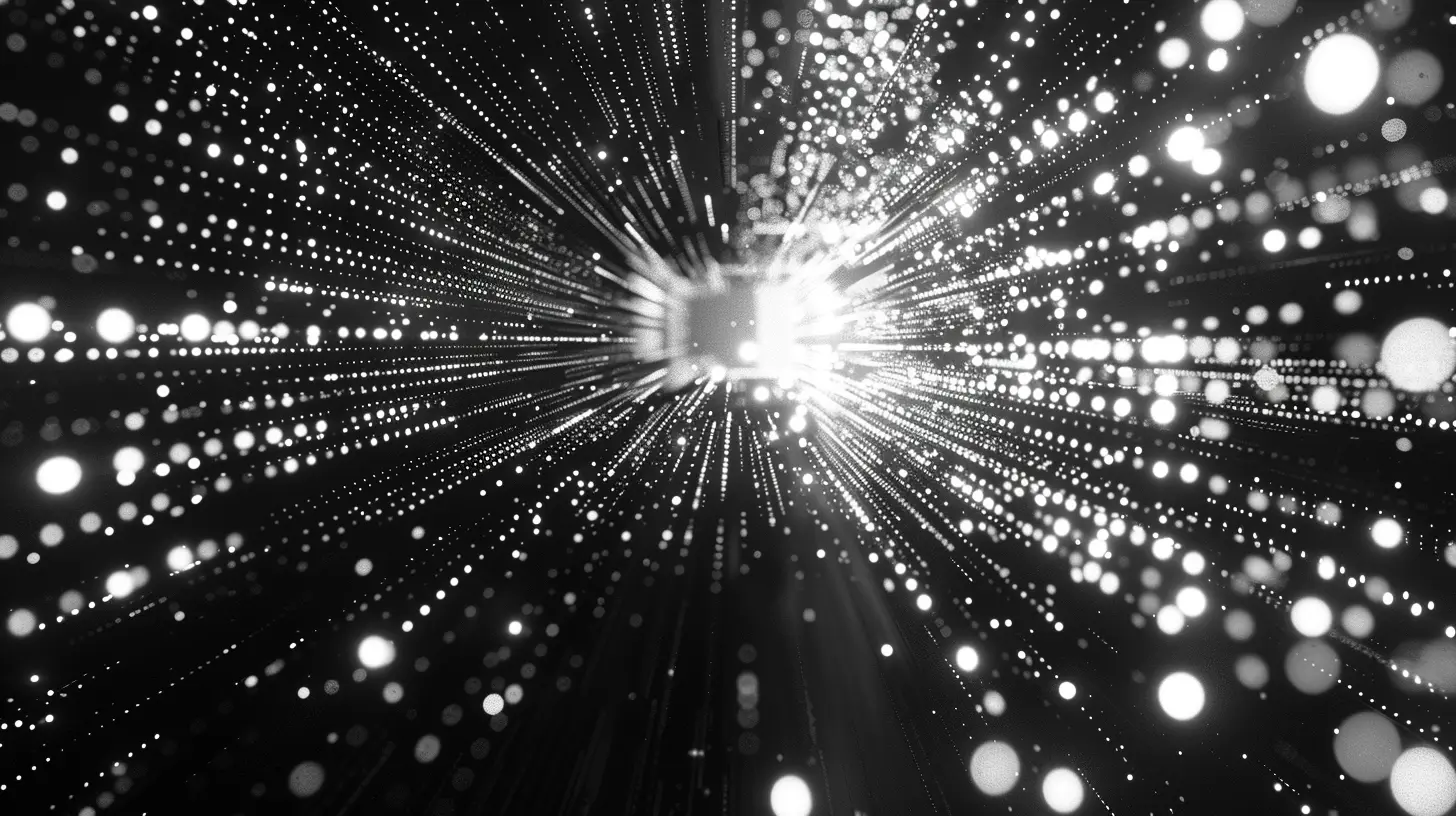
What Is Data Analytics?
Now, let’s talk about Data Analytics. Simply put, it’s the process of analyzing raw data to find trends, patterns, and useful insights. The goal is to take all that raw information and turn it into something actionable—something that can help businesses make better decisions, improve efficiency, or even predict future outcomes.Data is often called the "new oil," and for good reason. But like oil, data is only valuable once it’s refined. That’s where analytics comes in. It’s the tool that makes sense of the massive amounts of data being generated every second. With powerful algorithms and machine learning, Data Analytics can sift through mountains of information in seconds, providing insights that would take humans years to uncover.
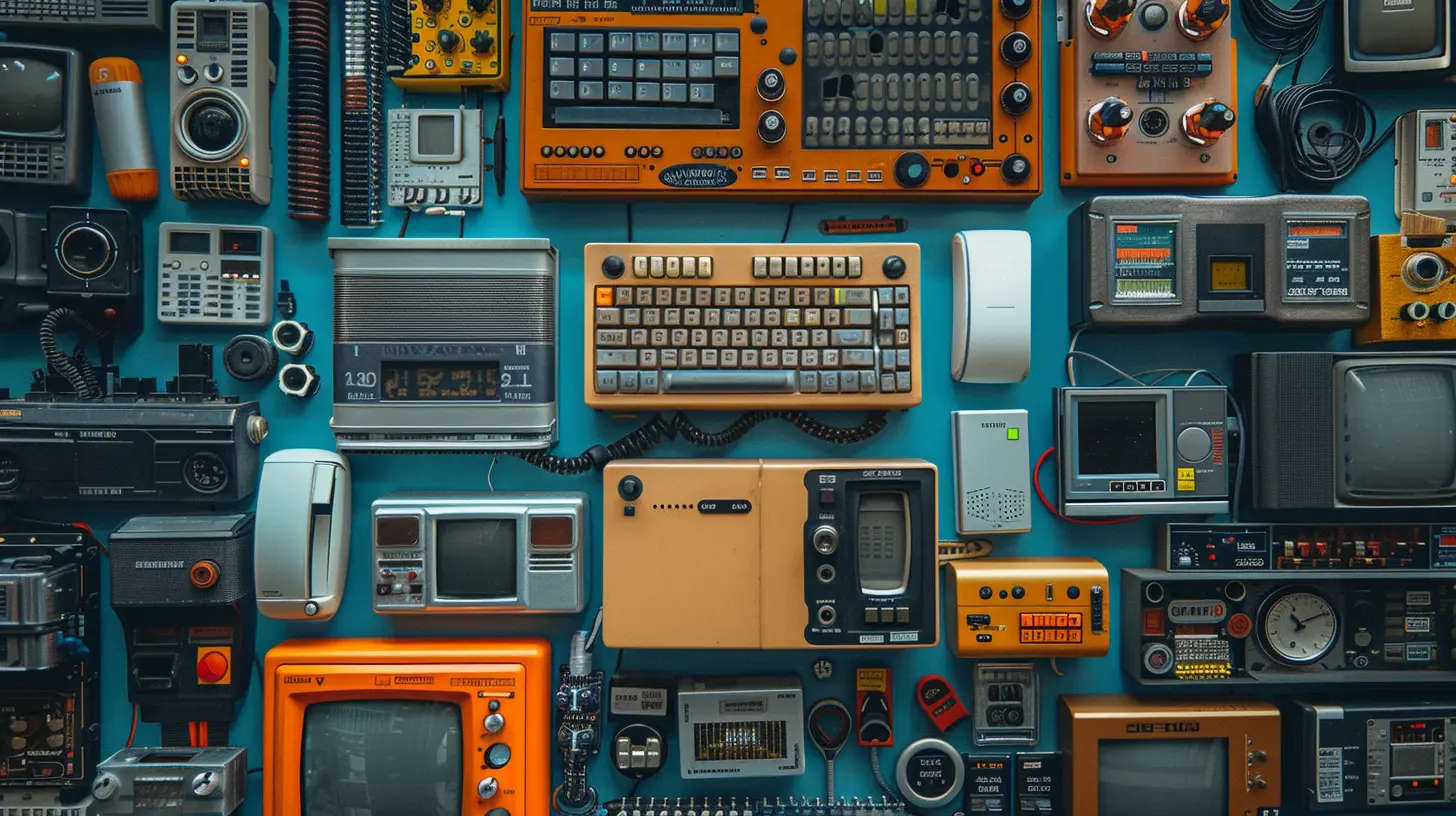
The Synergy: How IoT and Data Analytics Work Together
Here’s where things get really interesting. IoT devices generate a staggering amount of data. Every time your smartwatch tracks your steps, every time a sensor in a factory monitors temperature, or every time a traffic camera records vehicle movement, data is being created. But without Data Analytics, all that information is pretty much useless.It’s like having a library full of books but no way to read them.
Data Analytics steps in to make sense of this flood of data, extracting valuable insights that can be used to improve processes, predict trends, prevent problems, and much more. When IoT and Data Analytics come together, the possibilities are endless.
Real-Time Decision Making
One of the biggest advantages of combining IoT and Data Analytics is real-time decision-making. Let’s say you run a smart factory. Sensors on your machines can detect when something is about to go wrong—maybe a piece of equipment is overheating. Instantaneously, the data from that sensor is analyzed, and a decision is made to either shut down the machine or send it for maintenance before it breaks down completely.This kind of proactive decision-making can save businesses thousands, if not millions, of dollars. It’s like having a crystal ball that tells you what’s going to happen before it actually does.
Predictive Analytics
Predictive Analytics is another game-changer in this space. By analyzing historical data, you can predict future outcomes with a high degree of accuracy. For example, in healthcare, IoT-enabled devices like smartwatches can monitor vital signs continuously. By analyzing this data over time, doctors can predict potential health issues before they become serious, allowing for earlier interventions.It’s almost like having a sixth sense, but backed by cold, hard data.
Enhanced Customer Experience
IoT and Data Analytics are also transforming the way businesses interact with customers. By analyzing data from IoT devices, companies can gain a better understanding of how customers use their products. This not only helps in personalizing services but also in improving product design and functionality.Take smart home devices like thermostats or lighting systems. By analyzing how you use them—when you turn your lights on, how often you change the temperature, and so on—companies can offer suggestions or implement automatic adjustments to make your experience even better.
It’s like having a personal assistant that knows exactly what you need, sometimes even before you do.
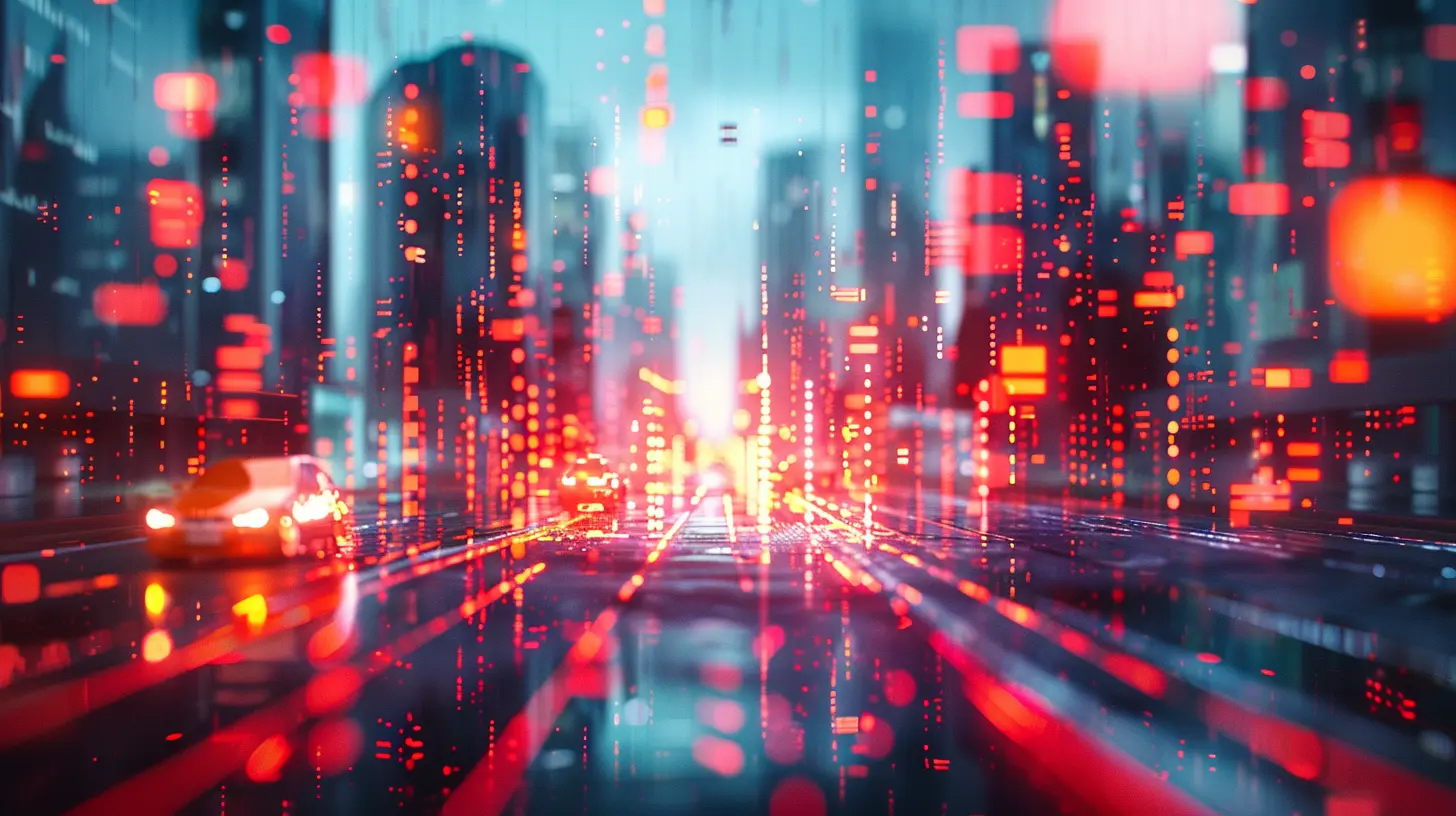
Applications of IoT and Data Analytics Across Industries
Okay, so we know IoT and Data Analytics make a killer team, but where exactly are they being used? The answer is pretty much everywhere. From agriculture to healthcare to retail, these technologies are disrupting industries left and right. Let’s dive into a few examples.Smart Cities
Ever imagine living in a city where traffic flows smoothly, air pollution is monitored in real-time, and energy use is optimized 24/7? That’s what smart cities aim to achieve, and they’re doing it with IoT and Data Analytics.Traffic sensors can monitor vehicle flow in real-time, and by analyzing this data, cities can adjust traffic lights, suggest alternative routes, and even predict future traffic jams. Air quality sensors can provide real-time environmental data, helping cities take immediate action to reduce pollution. It’s city management, but on steroids.
Healthcare
In healthcare, IoT and Data Analytics are literally saving lives. Wearable devices like smartwatches and fitness trackers monitor heart rates, sleep patterns, and even blood glucose levels for diabetics. Doctors can access this data in real-time, allowing them to make quicker, more informed decisions.Hospitals are also using IoT sensors to track equipment and ensure that materials like oxygen tanks or surgical tools are always available when needed. Data Analytics helps in predicting patient admissions, optimizing staffing, and even improving patient outcomes by analyzing treatment effectiveness.
Agriculture
Yes, even farms are getting smarter. IoT sensors can monitor soil moisture, temperature, and even crop health. By analyzing this data, farmers can make better decisions about when to water crops, apply fertilizers, or harvest. This leads to higher yields, less waste, and more efficient use of resources.It’s not just about making farming easier; it’s about feeding more people with fewer resources, which is a huge deal in today’s world.
Retail
Ever wondered how online stores seem to know exactly what you want? Well, IoT and Data Analytics are behind that. Retailers use IoT devices like smart shelves and beacons to monitor customer behavior in real-time. By analyzing this data, they can offer personalized recommendations, optimize inventory, and even predict future buying trends.It’s like having a mind-reading sales associate, minus the creepiness.
The Challenges: It’s Not All Sunshine and Rainbows
Now, you might be thinking, "This all sounds amazing! What’s the catch?" Well, like any technology, IoT and Data Analytics come with their own set of challenges.Data Security
With so many devices connected to the internet, the risk of data breaches is higher than ever. Hackers could potentially access sensitive information, whether it’s your health data from a smartwatch or critical infrastructure data from a smart city. Ensuring robust security measures is crucial to preventing cyberattacks.Data Overload
The sheer volume of data generated by IoT devices can be overwhelming. Without proper analytics tools and strategies in place, organizations can easily drown in data without ever extracting meaningful insights. It’s essential to have the right infrastructure and skilled personnel to manage and analyze this data effectively.Privacy Concerns
With more data being collected about individuals, privacy concerns are at an all-time high. How much data is too much? And who should have access to it? These are ethical questions that companies and governments are grappling with as IoT becomes more integrated into our daily lives.
The Future: What’s Next for IoT and Data Analytics?
The future of IoT and Data Analytics is incredibly bright. With advances in AI, machine learning, and edge computing, we’re only scratching the surface of what these technologies can do.Imagine a world where every device you own not only collects data but learns from it. Your smart fridge could learn your eating habits and suggest healthier alternatives. Your car could predict when it’s about to break down and schedule a maintenance appointment for you. Even entire cities could become fully autonomous, adjusting energy use, traffic flow, and public services in real-time without human intervention.
The possibilities are endless, and quite frankly, a little mind-blowing.
Conclusion
The intersection of IoT and Data Analytics is where the magic happens. Together, they are not only transforming industries but also paving the way for smarter, more efficient, and more connected lives. From real-time decision-making to predictive analytics, the combination of these two technologies is a game-changer.Sure, there are challenges—data security, privacy, and information overload—but the potential benefits far outweigh the hurdles. As more devices become connected and more data is analyzed, we can expect to see even more innovative solutions that improve our lives in ways we can’t yet imagine.
So, next time you adjust your smart thermostat or check your fitness tracker, remember: behind that small action is a massive, data-driven ecosystem working tirelessly to make your life easier.
all images in this post were generated using AI tools
Category:
Data AnalyticsAuthor:

Gabriel Sullivan
Discussion
rate this article
1 comments
Brooks Gibson
Great insights on how IoT and data analytics converge! This intersection opens up exciting possibilities for innovation and efficiency. Looking forward to more discussions!
September 15, 2025 at 11:04 AM

Gabriel Sullivan
Thank you for your feedback! I'm glad you found the insights valuable. Exciting times ahead as we explore this dynamic intersection!
